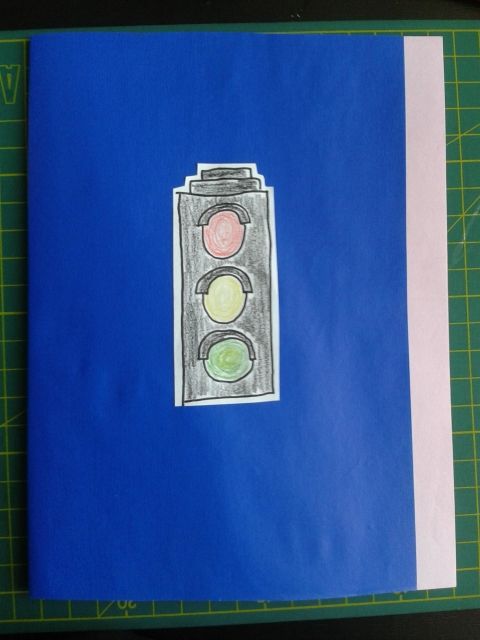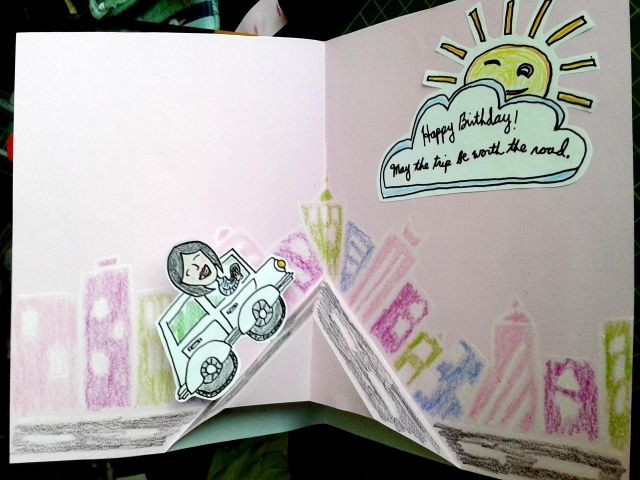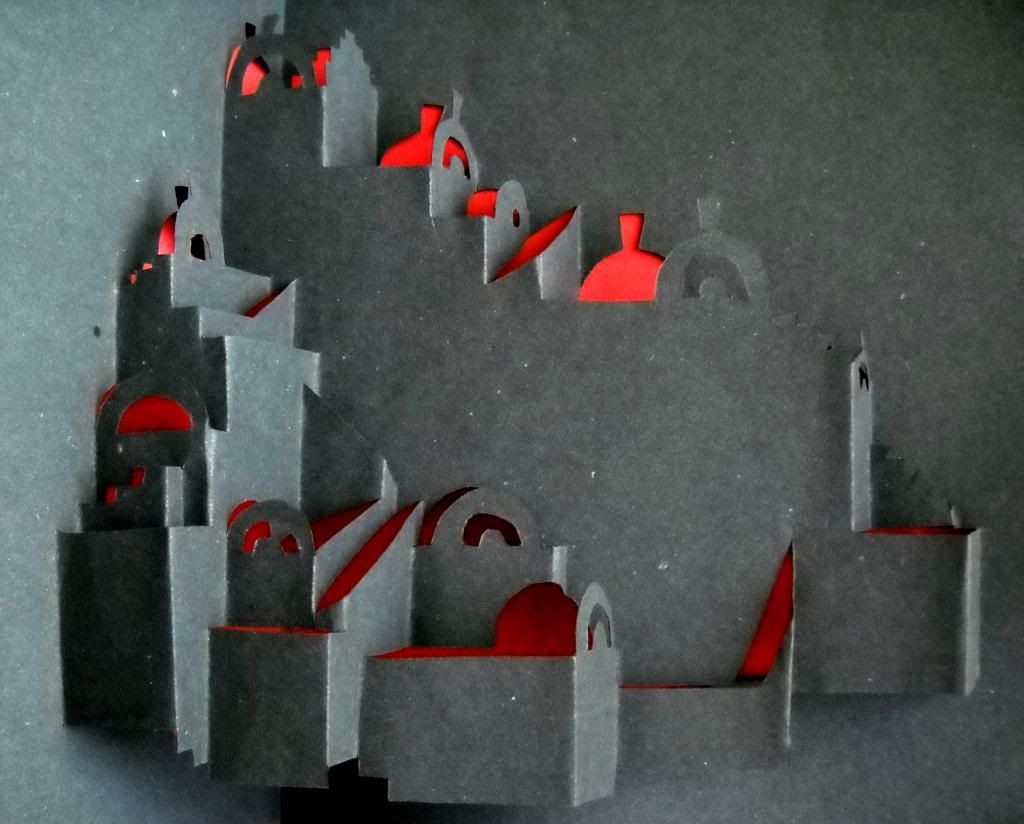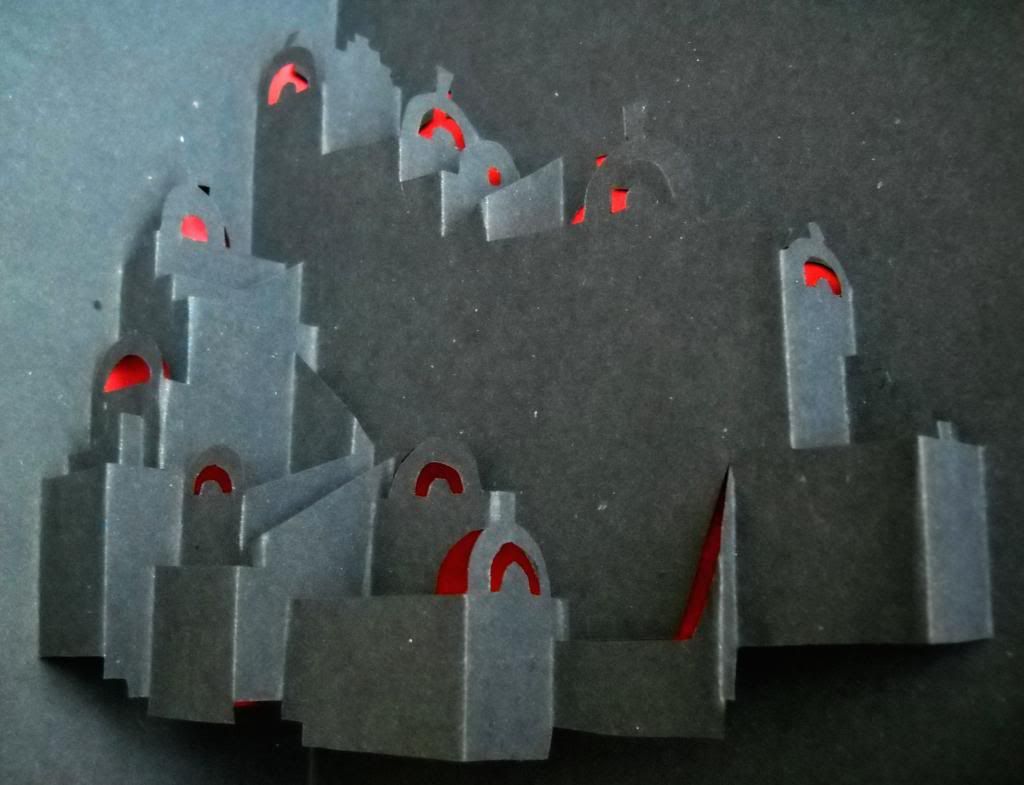25 March 2013
Letter No. 17
In a few days, I'll be taking Cris home with me to Socsksargen. He's been pretty busy with work and other things, so he says it hasn't sunk in for him yet. But I've been looking forward to it every day this March, because I've been looking forward to bringing him home since last year, and now we actually have a date, and that date is in sight.
I don't expect him to like everything, of course. In fact, I really don't know what to expect. A lot of good-natured ribbing from my brothers, to be sure. A lot of walking, maybe some hiking. Definitely some swimming, as my parents want to drive straight from the airport to a Sarangani resort for the first two days. Dad's birthday. Maybe Nadie's chicken and some blackened tuna. Cousins over for Easter. A little church.
I'm most looking forward, though, to the walking — taking Cris to all my favorite places, showing him my school, walking under the old trees, and basically giving him the grand tour of my home planet.
Home is a part of me that I, unlike a lot of people I know here, can't just show people by asking them to come over later for dinner. It takes patience, cash, good timing, and a copy or a bookmark of one of those long weekend calendars floating around, especially if you have to watch for airline promos. And ever since my job made me more office-bound, it's become harder to plan trips home. So, every trip I get to take is precious, and the people I get to take with me are precious, too.
When I do invite friends to fly home with me sometime, or when my parents say I should bring them with me, I always warn my friends, "There's nothing to do there. There's no nightlife or anything like that. If you want to go to a bar, you have to drive 45 minutes through the dark pineapple fields to General Santos, about 60km away. We will probably just walk around a lot, eat, and sleep. You'll probably have all the pineapple you want, though, and we will probably get a tuna jaw for lunch or dinner sometime." Walking around a lot, eating, and sleeping is basically my dream life, but of course, it's not for everybody.
The timing for this trip is actually not that great; between Sarangani, the cousins coming, Dad's birthday, and church stuff, I don't really know how much time I'll get to walk around with just Cris. But it's the best we could get, given how unpredictable this year promises to be. I look forward to it all the same; for however briefly, I'll be home, and he'll be there with me.
21 March 2013
things-a-week 10, 11, and 12
My thing-a-week posts have been backlogged, but that doesn't mean I haven't been making things.
In January, I told Lance that some of my buildings come from the doodles I make to stay alert through sermons. For Week 10, I turned one of those doodles into a building, Elephant House:

This could be a building in a zoo, a hillside church, or a home somewhere rocky and dry, like Socotra with its funny trees, scrubby undergrowth, and pale rocks, or Joshua Tree National Park. The building might or might not actually be purple, but the windows would be made with blue and green colored glass.
For Week 11, I learned to make bracelets with macrame, and I used pieces of ribbon I'd had lying around. They came from the packaging of PR stuff sent to the office, and I guess PR people have a thing for gold and purple. The fish bead is from a Gensan school supply store with a bin of assorted beads; they're all mixed together and go for P40 a cup. I also tried weaving a simple strap bracelet out of white string, some of it dyed blue.

The blue and orange bracelet is not entirely my own handiwork, by the way. Emily (Shi Yu), a volunteer teacher from China and one of Cris's colleagues, made the double coin knot in the center; I just did the macrame on the sides to see how it would look.
For Week 12, this week, I decided to go back to making birthday cards for people at the office. One of the writers, Gianna, is 23 now. This simple popup card is inspired by the time I witnessed her drive on EDSA for the first time ever, and in the middle of Friday night rush hour, too.


In January, I told Lance that some of my buildings come from the doodles I make to stay alert through sermons. For Week 10, I turned one of those doodles into a building, Elephant House:

This could be a building in a zoo, a hillside church, or a home somewhere rocky and dry, like Socotra with its funny trees, scrubby undergrowth, and pale rocks, or Joshua Tree National Park. The building might or might not actually be purple, but the windows would be made with blue and green colored glass.
For Week 11, I learned to make bracelets with macrame, and I used pieces of ribbon I'd had lying around. They came from the packaging of PR stuff sent to the office, and I guess PR people have a thing for gold and purple. The fish bead is from a Gensan school supply store with a bin of assorted beads; they're all mixed together and go for P40 a cup. I also tried weaving a simple strap bracelet out of white string, some of it dyed blue.

The blue and orange bracelet is not entirely my own handiwork, by the way. Emily (Shi Yu), a volunteer teacher from China and one of Cris's colleagues, made the double coin knot in the center; I just did the macrame on the sides to see how it would look.
For Week 12, this week, I decided to go back to making birthday cards for people at the office. One of the writers, Gianna, is 23 now. This simple popup card is inspired by the time I witnessed her drive on EDSA for the first time ever, and in the middle of Friday night rush hour, too.


11 March 2013
Letter No. 16
It's time to go.
I've loved every minute I've spent in my apartment. I've loved making my simple meals, working on my crafts, admiring the trees outside my window, watching the elderly take their walks in the park below, falling asleep to the dull roar of the city, and waking up to the birds. I've loved having a south-facing window, a livable building temperature despite not owning an aircon, and quiet but genial neighbors. I've loved having a landlord, building management, and lobby guards who all minded their own business but also took great care of the building. I've loved feeling safe, independent, and, well, at home.
Unfortunately, as the end of my lease nears, I have to start looking for somewhere else to live. My plans are becoming more concrete, and they include saving more money than my current rent allows. Living this dream is just too expensive, at least in this neighborhood.
I'm not too sad about it; it's a little step on the way to bigger things. In the meantime, I'm looking forward to exploring a new part of the city and finding a new place to live.
In other news, a little dream came true for my brother last week, as the Barcelona grad school he'd been eyeing e-mailed to declare his acceptance. He'll need a scholarship to actually go, but just knowing that they'd like to have him makes us pretty proud.
I've loved every minute I've spent in my apartment. I've loved making my simple meals, working on my crafts, admiring the trees outside my window, watching the elderly take their walks in the park below, falling asleep to the dull roar of the city, and waking up to the birds. I've loved having a south-facing window, a livable building temperature despite not owning an aircon, and quiet but genial neighbors. I've loved having a landlord, building management, and lobby guards who all minded their own business but also took great care of the building. I've loved feeling safe, independent, and, well, at home.
Unfortunately, as the end of my lease nears, I have to start looking for somewhere else to live. My plans are becoming more concrete, and they include saving more money than my current rent allows. Living this dream is just too expensive, at least in this neighborhood.
I'm not too sad about it; it's a little step on the way to bigger things. In the meantime, I'm looking forward to exploring a new part of the city and finding a new place to live.
In other news, a little dream came true for my brother last week, as the Barcelona grad school he'd been eyeing e-mailed to declare his acceptance. He'll need a scholarship to actually go, but just knowing that they'd like to have him makes us pretty proud.
01 March 2013
thing-a-week 9: kirigami "Rajasthani Palace" / Letter No. 15
I've said before, I have a thing for ruins, and if you get me started on ruins, I will eventually quote Geoff Dyer:
If I wanted some text tattooed onto me, it would be taken from this passage, but I'm afraid it's quite long. It's also hard to distill into a phrase without sounding cheesy, and anyway, I've had too many strange skin problems to brave a possible ink allergy now.
The point is that I really, really, really like ruins and the idea of ruins: Jorge Luis Borges's city of the Immortals, the vision of the future in Alan Wiseman's "The World Without Us", the abandoned cities in "The Martian Chronicles" by Ray Bradbury, the ghost town that is Jinhua Architecture Park, the strange Sarangani hotel inhabited by three dobermans and a shih tzu, the fantastic buildings in the paintings of Arturo Luz, and so on.

You might argue that Luz's paintings aren't of ruins; the lines of the buildings are too clean. But look at them: the sky is blank, the landscape is bleak, and there's no sign of a human apart from the buildings themselves. They might as well be ruins — but that makes them more, not less wonderful.
Ruins are two things to me: a reminder that the only thing constant is entropy, and a challenge to make something that entropy will take at least a few centuries to wear down.
For this week's craft, I did a kirigami model of one of Luz's painting-buildings, "Rajasthani Palace." Ever since I saw his works on exhibit, I wanted to make models, and "Palace" felt like a good place to start.



It's definitely less durable than stone columns, but I really enjoyed working on it. I liked the challenge of figuring out how much space the building and its sections might occupy. I liked imagining where each section began and what certain lines were for. The limitations of kirigami also meant that the building was more square than sprawling, and some parts couldn't join where they join in the painting. But that just added to the fun of the project.
If I had any frustrations, it's that the construction paper was too soft for the palace to stand for photographing; I had to hold it in my hand or set it on its side to take these pictures. And yes, I did use black paper, but my camera's weird exposure has made it kind of gray.
One more note about ruins: if you ask me where all my paper buildings are, I'll tell you that they've been crushed, thrown away, or simply slipped into a clearbook or envelope to be forgotten. Maybe it's weird, but there's something about them that makes them difficult for me to preserve: they don't come out the way they do in my head, the cuts or creases are imperfect, paper isn't very durable, I have photographs in case I ever want to do any building over again, and if even those are lost, then I'll have the fun of starting again.
It's not that I'm not attached to my buildings — I love them — it's that I know I can't really keep them forever.
Ruins don’t encourage you to dwell on what they were like in their heyday, before they were ruins. The Colosseum in Rome or the amphitheater at Leptis Magna have never been anything but ruins. They’re eternal ruins. It’s the same here. This building could never have looked more magnificent than it does now, surrounded by its own silence. Ruins don’t make you think of the past, they direct you toward the future. The effect is almost prophetic. This is what the future will end up like. This is what the future has always ended up looking like. (Source)
If I wanted some text tattooed onto me, it would be taken from this passage, but I'm afraid it's quite long. It's also hard to distill into a phrase without sounding cheesy, and anyway, I've had too many strange skin problems to brave a possible ink allergy now.
The point is that I really, really, really like ruins and the idea of ruins: Jorge Luis Borges's city of the Immortals, the vision of the future in Alan Wiseman's "The World Without Us", the abandoned cities in "The Martian Chronicles" by Ray Bradbury, the ghost town that is Jinhua Architecture Park, the strange Sarangani hotel inhabited by three dobermans and a shih tzu, the fantastic buildings in the paintings of Arturo Luz, and so on.

You might argue that Luz's paintings aren't of ruins; the lines of the buildings are too clean. But look at them: the sky is blank, the landscape is bleak, and there's no sign of a human apart from the buildings themselves. They might as well be ruins — but that makes them more, not less wonderful.
Ruins are two things to me: a reminder that the only thing constant is entropy, and a challenge to make something that entropy will take at least a few centuries to wear down.
For this week's craft, I did a kirigami model of one of Luz's painting-buildings, "Rajasthani Palace." Ever since I saw his works on exhibit, I wanted to make models, and "Palace" felt like a good place to start.

Arturo Luz, Rajasthani Palace, 2008, 36 x 58 in., The Crucible Gallery


It's definitely less durable than stone columns, but I really enjoyed working on it. I liked the challenge of figuring out how much space the building and its sections might occupy. I liked imagining where each section began and what certain lines were for. The limitations of kirigami also meant that the building was more square than sprawling, and some parts couldn't join where they join in the painting. But that just added to the fun of the project.
If I had any frustrations, it's that the construction paper was too soft for the palace to stand for photographing; I had to hold it in my hand or set it on its side to take these pictures. And yes, I did use black paper, but my camera's weird exposure has made it kind of gray.
One more note about ruins: if you ask me where all my paper buildings are, I'll tell you that they've been crushed, thrown away, or simply slipped into a clearbook or envelope to be forgotten. Maybe it's weird, but there's something about them that makes them difficult for me to preserve: they don't come out the way they do in my head, the cuts or creases are imperfect, paper isn't very durable, I have photographs in case I ever want to do any building over again, and if even those are lost, then I'll have the fun of starting again.
It's not that I'm not attached to my buildings — I love them — it's that I know I can't really keep them forever.
Subscribe to:
Posts (Atom)